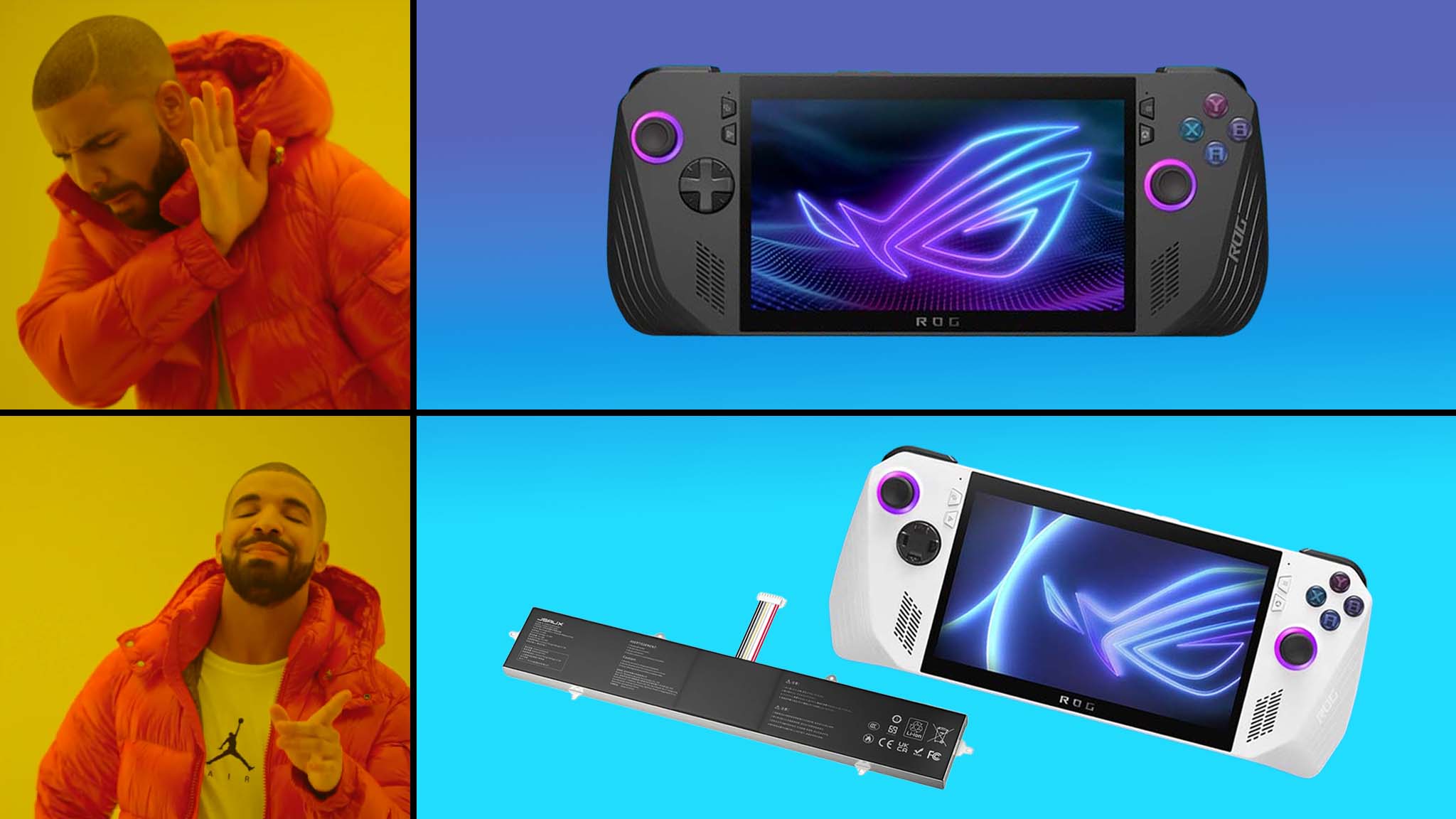5 biggest news stories of 2020 in Microsoft, PCs, Windows, and more
These five stories were our biggest headlines of 2020.
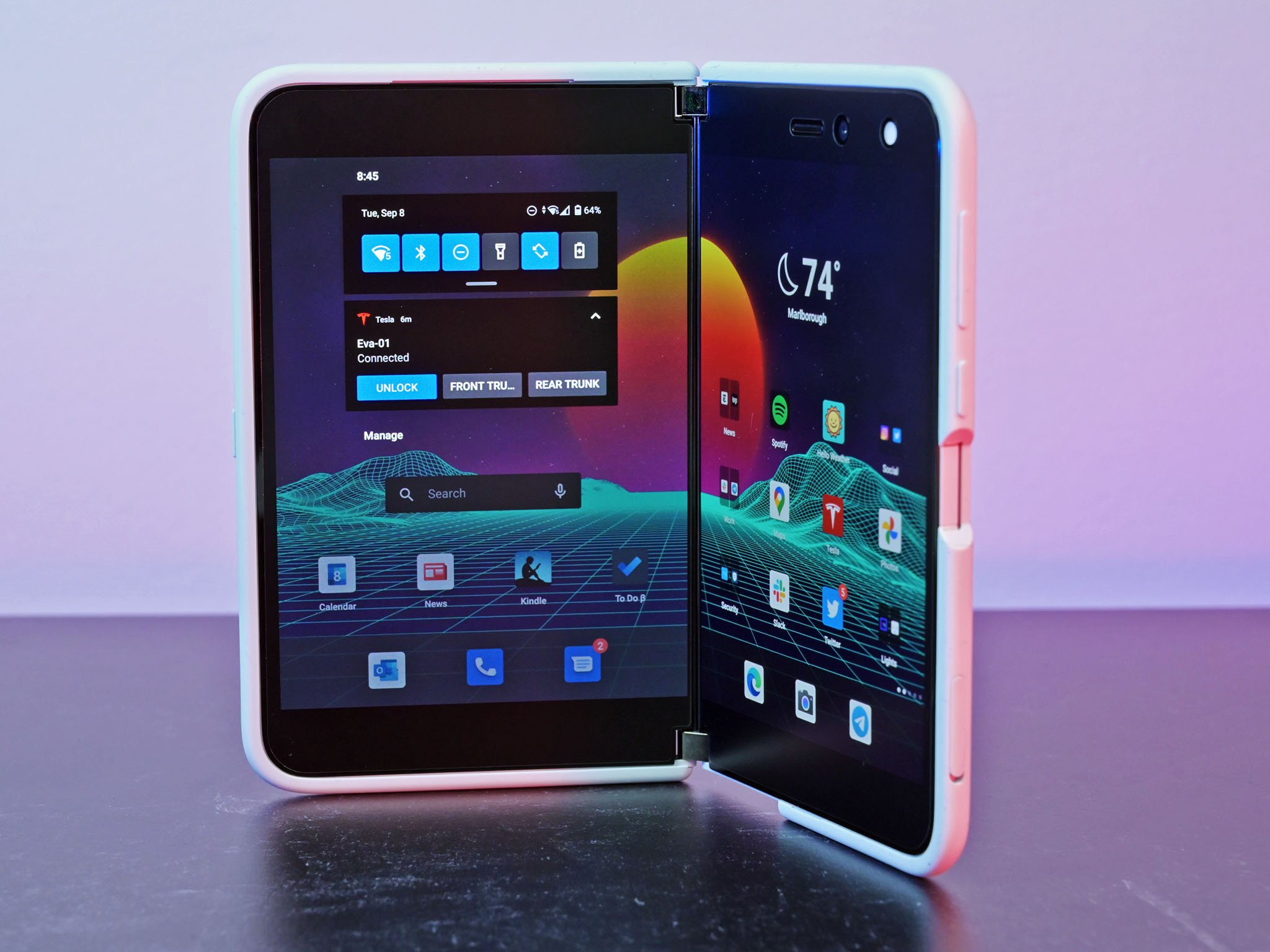
2020 was a massive year for Microsoft-related news. Two major consoles launched, Microsoft announced several new Surface devices, and PC parts took a major leap forward. We published thousands of news stories this year, but five topics stood out above the rest as the biggest news stories of 2020 in Microsoft, PCs, and Windows.
Microsoft Teams
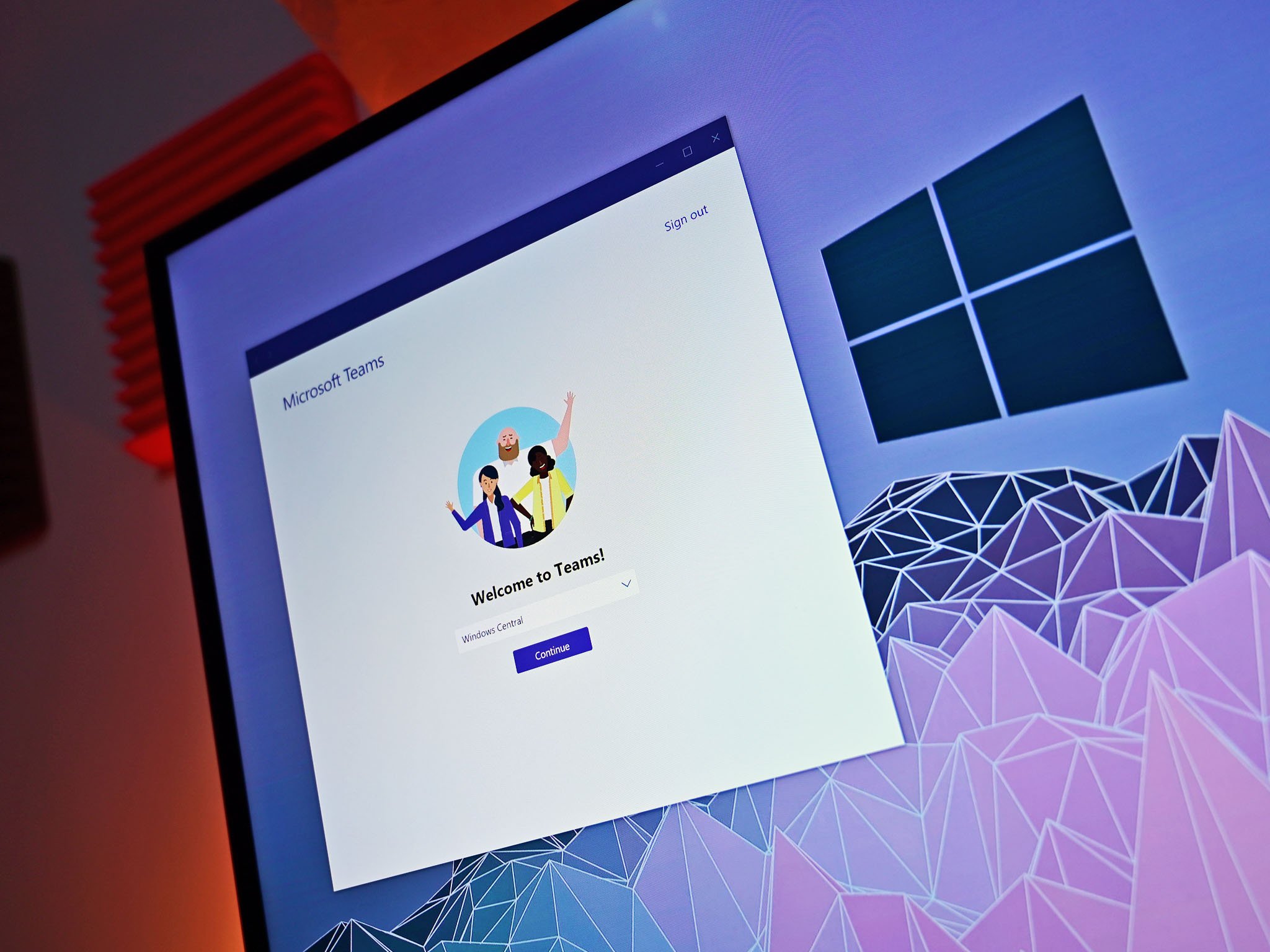
In a year when more people worked and studied from home than ever, Microsoft Teams usage skyrocketed. The communication platform's daily active user count was at 20 million people in November 2019. By March that figure was up to 44 million, then it reached 75 million in April. The last time Microsoft shared figures was in October when Teams hit 115 million daily active users.
Microsoft Teams' growth wasn't just about more people jumping onto the platform. Grid views grew from four people to nine people to 49 people in 2020. Teams upped the maximum participant count for meetings up to 300, and new features like Together Mode and Gallery view make it easy to see everyone in meetings at once. Microsoft even rolled out a personal version of Teams aimed at keeping friends and family in touch.
At times in 2020, Teams was behind other surging services, such as Zoom — there weren't Teams custom backgrounds until June — but Microsoft invested heavily into the platform. Teams is now available on PCs, Macs, iPads, iPhone, and Android devices. Microsoft even rolled out a version for Linux and optimized one for Windows 10 on ARM.
Microsoft also pushed to get Teams into the eyes of the public. The company rolled out ad campaigns for the platform and worked with the NBA to bring fans courtside during the playoff bubble. It's clear that Teams is here to stay and that Microsoft is investing time, effort, and resources into making it compete with other top communication apps.

Microsoft Teams allows you to collaborate with colleagues, upload files, send messages, and chat through video. It integrates with Office 365 and several other cloud services.
Xbox Series X and Series S
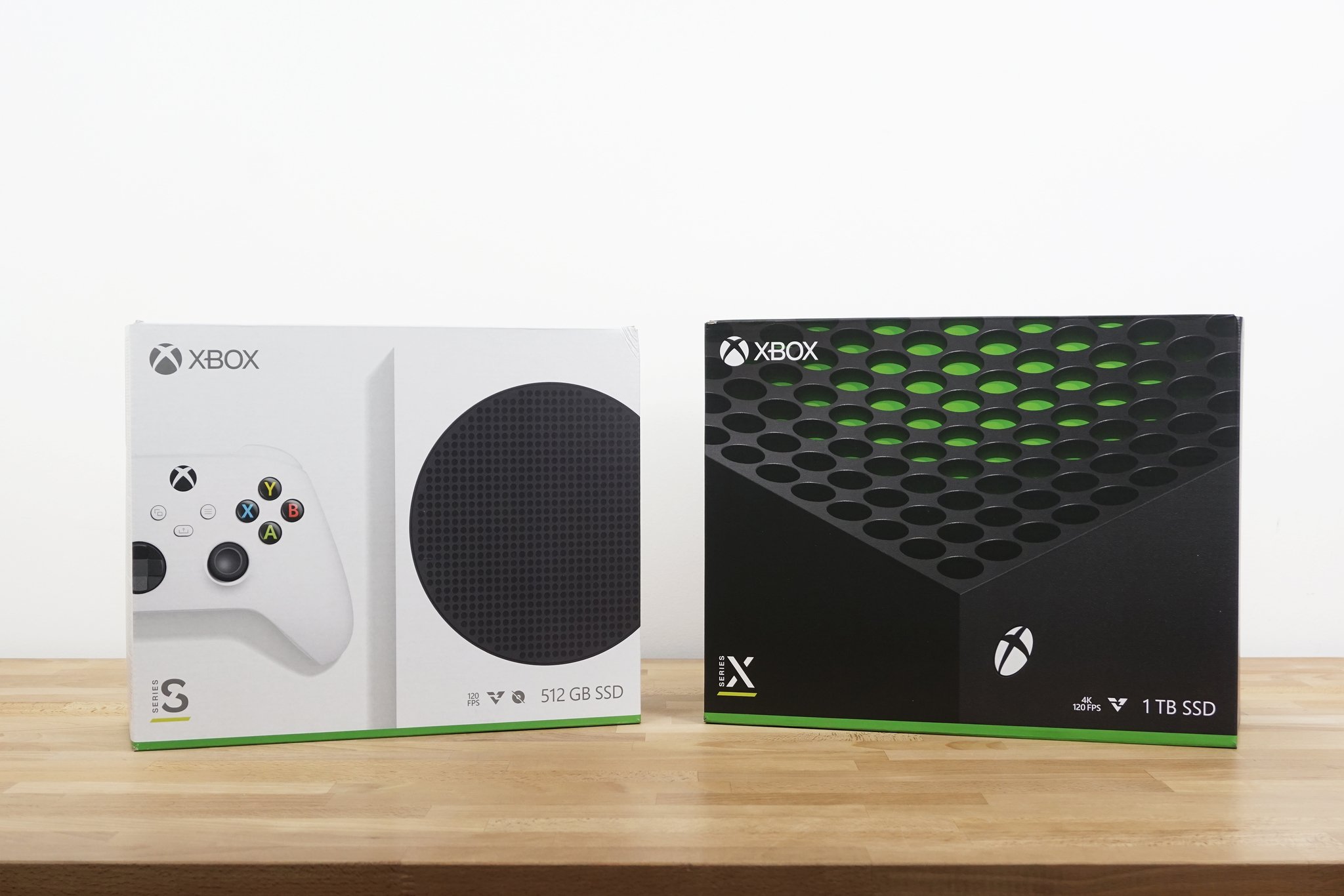
The Xbox Series X and Xbox Series S usher in the next generation of console gaming. They feature fast SSDs that bring insane loading times, have excellent new features like Quick Resume, and make old Xbox games look even better.
The Xbox Series X has a design heavily inspired by gaming PCs. It emphasizes airflow and helps the console power through games without getting hot. The Xbox Series X can handle 4K gaming and 120FPS, which was unheard of in consoles until recently. The Xbox Series S might not power 4K gaming like its big sibling, but it has many of the same next-gen improvements.
Get the Windows Central Newsletter
All the latest news, reviews, and guides for Windows and Xbox diehards.
While the hardware of both consoles is impressive, the launch lineup for them is disappointing. With Halo Infinite getting bumped to next year and a lack of blockbuster titles, many felt that they could wait to upgrade to the next-gen, which might be just as well since it can be hard to find a console in stock these days.
While there isn't a long list of launch titles, both the Xbox Series X and Series S benefit greatly from Xbox Game Pass, Microsoft's Netflix-style subscription that gets you access to hundreds of games for a flat monthly rate. Xbox Game Pass is the best value in gaming, and many of the games on it look better than ever on next-generation hardware.

Xbox Game Pass and Xbox Live Gold in one
Xbox Game Pass gives you access to over a hundred games for one monthly fee. Xbox Game Pass Ultimate also adds Xbox Live Gold and Game Pass for PC to the package so you can play online with your friends.
Surface Duo
2020 was the year of the folding device. Samsung released the Galaxy Fold 2, Motorola released the RAZR 2, at least of the smartphone variety, and Lenovo even released a folding computer, the ThinkPad X1 Fold. But when it comes to folding tech, Microsoft took a different approach. Instead of releasing a device with a single screen that folds, the company launched the Surface Duo, a folding phone centered around multitasking.
The Surface Duo has two separate displays attached by a 360-degree hinge. You can drag content between its displays or span websites and apps across both screens at once. It's a unique approach, and the device has been met with mixed reviews. Most reviews, including our own Surface Duo review, came away impressed by the hardware but disappointed by the overall device experience.
Our executive editor sums up the Surface Duo best by saying:
Microsoft gets points for a radically new mobile idea that has genuine merit. Microsoft loses points simply because the software is halfbaked, and it needs more dual-screen apps; but nothing is fundamentally wrong with the underlying concept. With a few updates, Surface Duo could absolutely be life-changing, opening new doors for working on the go or the couch. But if you're going to buy Surface Duo, but it for what it is, not what it may be.
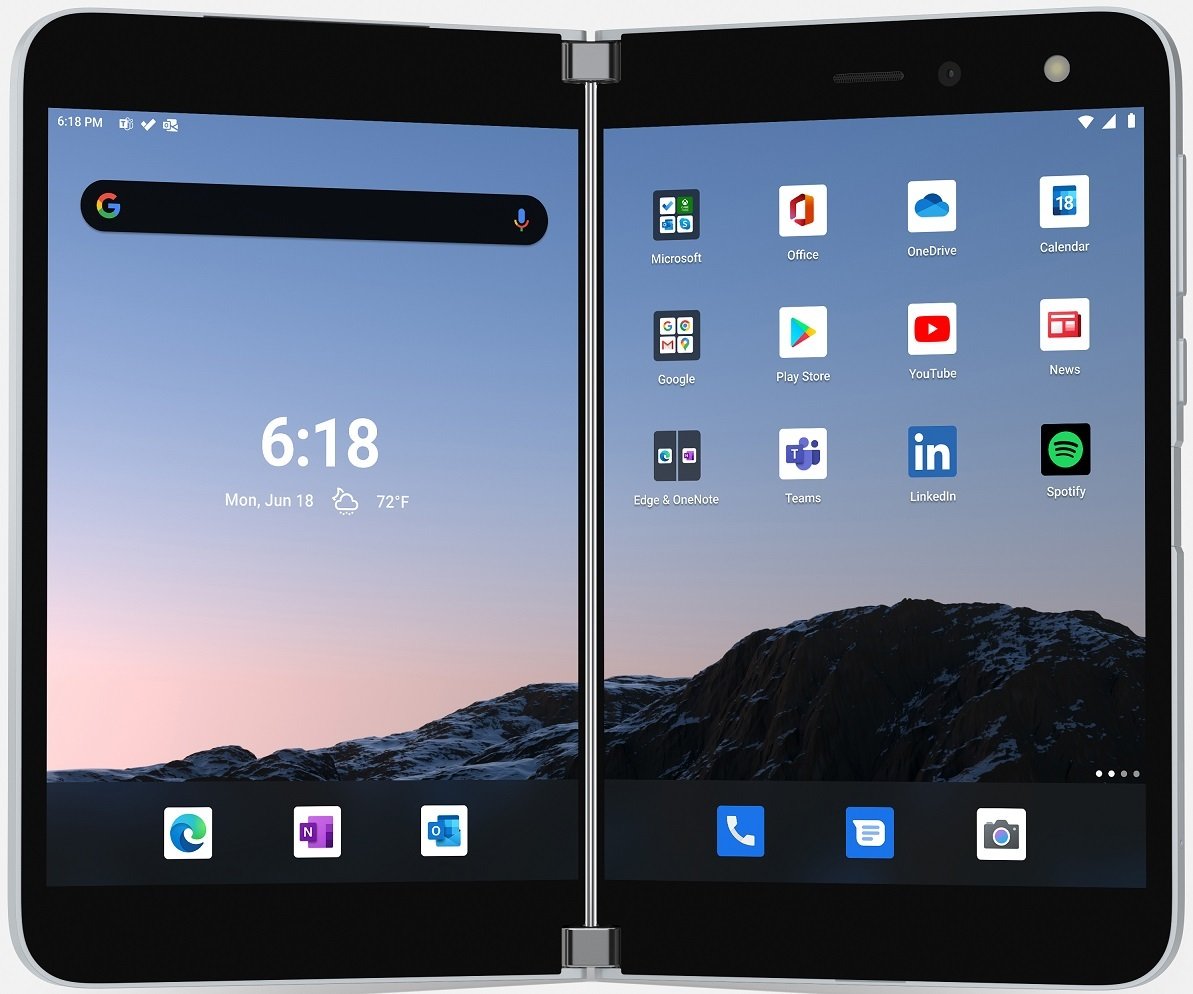
Two screens are better than one.
Microsoft delves into the future of foldables with an ambitious dual-screen device, featuring two ultra-thin 5.6-inch AMOLED displays bound by a 360-degree hinge. This pocketable inking-enabled Android smartphone marks the latest in the Surface lineup, geared for mobile productivity.
Panos Panay heading up Windows and hardware

Windows 10 has been out for years, but it still doesn't have a unified look and feel. It still has clunky menus from previous versions of Windows and is far less refined than other operating systems like macOS. Inconsistency and lack of attention to detail are some of the many things that will be tackled by Panos Panay.
Panay, who is best recognized for his work on Microsoft's Surface lineup, became the leader of Microsoft's Devices and Windows Experiences team, which is made up of a combination of what was once the Windows Experience (client) and Microsoft hardware teams.
Panay has a passion and drive that should invigorate Windows 10 and help it meet the high standards set by Panay himself. Panay has shown incredible attention to detail when it comes to Surface hardware, and that detail-oriented drive could be just what Windows 10 needs.
We'll see the first major fruits of this change in an upcoming Windows 10 UI overhaul codenamed Project Sun Valley. Our senior editor, Zac Bowden, reports that "Microsoft is planning to update many top-level user interfaces such as the Start menu, Action Center, and even File Explorer, with consistent modern designs, better animations, and new features." The UI overhaul should roll out before the end of 2021, though plans are always subject to change.
NVIDIA and AMD GPUs
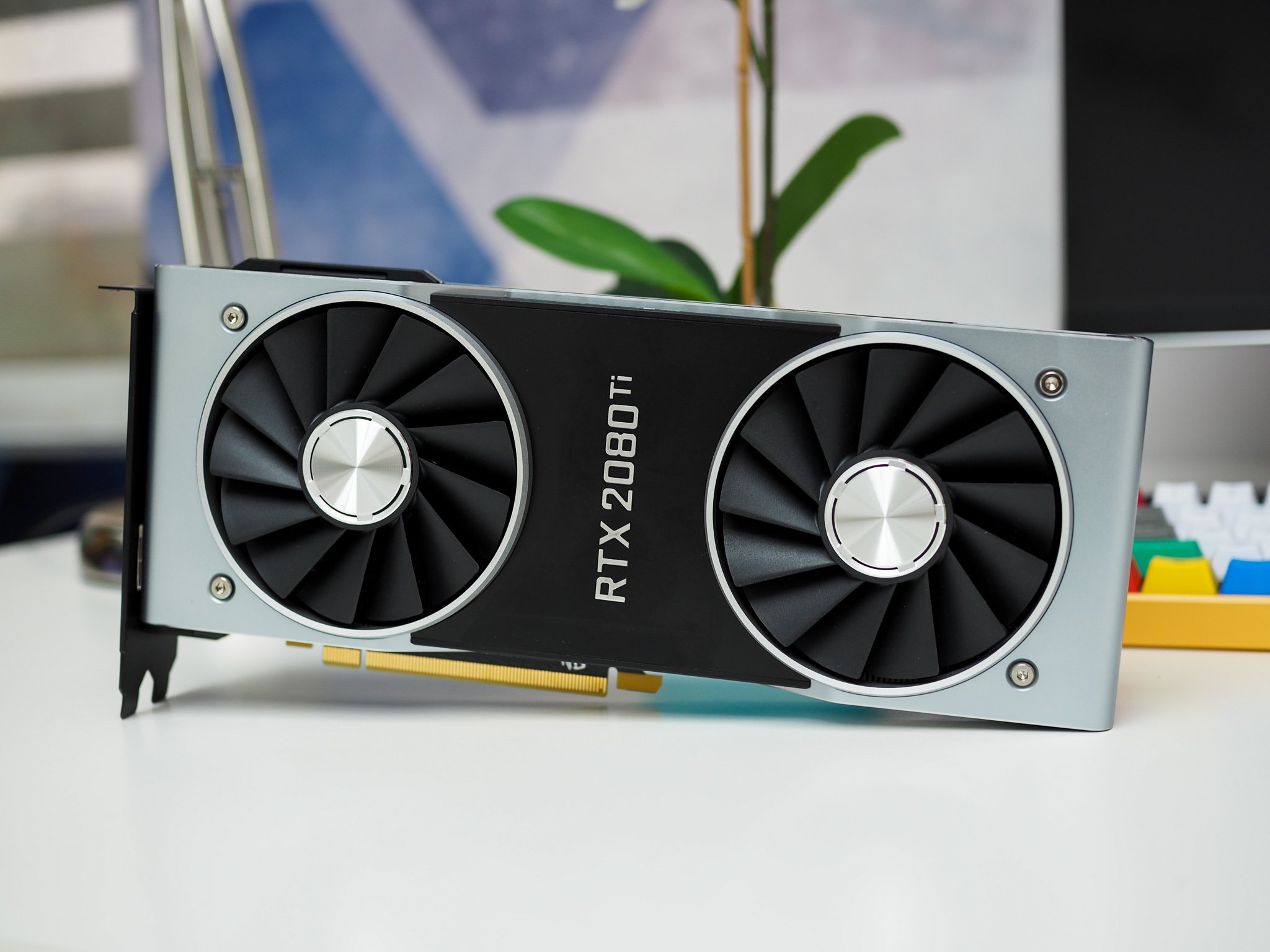
2020 wasn't just a great year for console gaming; AMD and NVIDIA rolled out some incredible GPUs this year. The new GPUs bring more power, powerful ray tracing, and put their predecessors to shame in terms of value for money.
Team green launched the RTX 30 series of graphics cards, including the RTX 3070, 3080, and the monstrous RTX 3090. The RTX 3090 paves the way for 8K gaming at 60FPS, which almost feels unreal to write.
AMD's RX 6000 family of GPUs is equally impressive. The RX 6900 XT goes toe-to-toe with the RTX 3090, even beating it out in frame rates on some games at 4K. AMD pushes the graphics card competition forward as well by offering incredible value for a cost that's making many gamers consider a swap to team red.
The downside to all these great graphics cards is that you can't purchase them anywhere. On launch day after launch day, the in-demand graphics cards sold out almost instantly. In many cases, people saw a "Sold Out" badge on a listing before ever having a chance to buy a card. Here's hoping that in 2020 we'll be able to get our hands on these cards to power the latest PC games like Cyberpunk 2077.
More to come
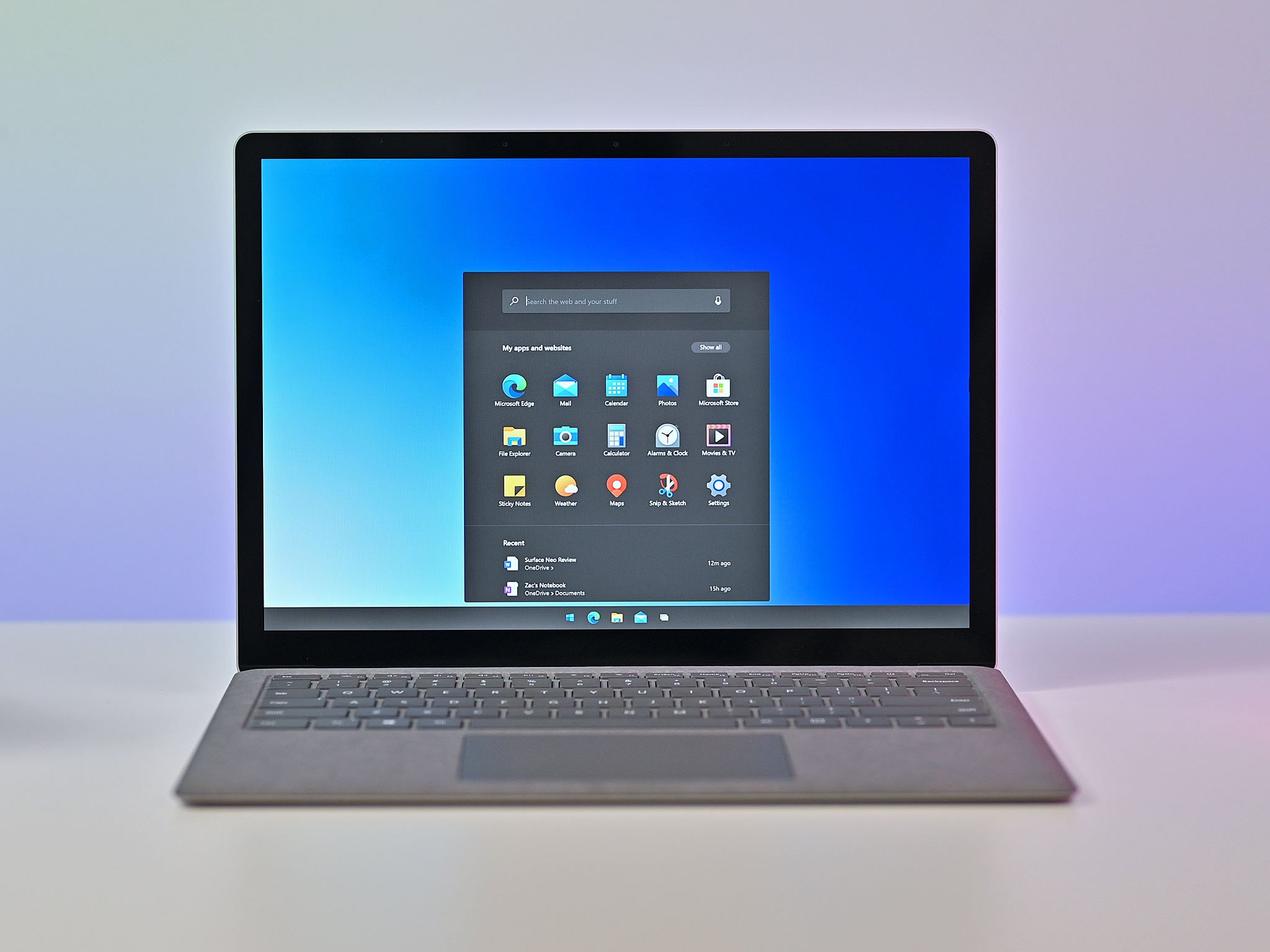
While Microsoft and Windows had a big year in 2020, 2021 is set up to be even bigger. With an overhaul to Windows 10, Windows 10X, and Windows 10 'Cloud PC' on the way, 2021 could be the biggest year for the operating systems we've seen in a while. We also expect to see several impressive pieces of hardware.
What did you think the biggest story was in 2020? What are you looking forward to in 2021? Let us know in the comments below.

Sean Endicott is a tech journalist at Windows Central, specializing in Windows, Microsoft software, AI, and PCs. He's covered major launches, from Windows 10 and 11 to the rise of AI tools like ChatGPT. Sean's journey began with the Lumia 740, leading to strong ties with app developers. Outside writing, he coaches American football, utilizing Microsoft services to manage his team. He studied broadcast journalism at Nottingham Trent University and is active on X @SeanEndicott_ and Threads @sean_endicott_.
